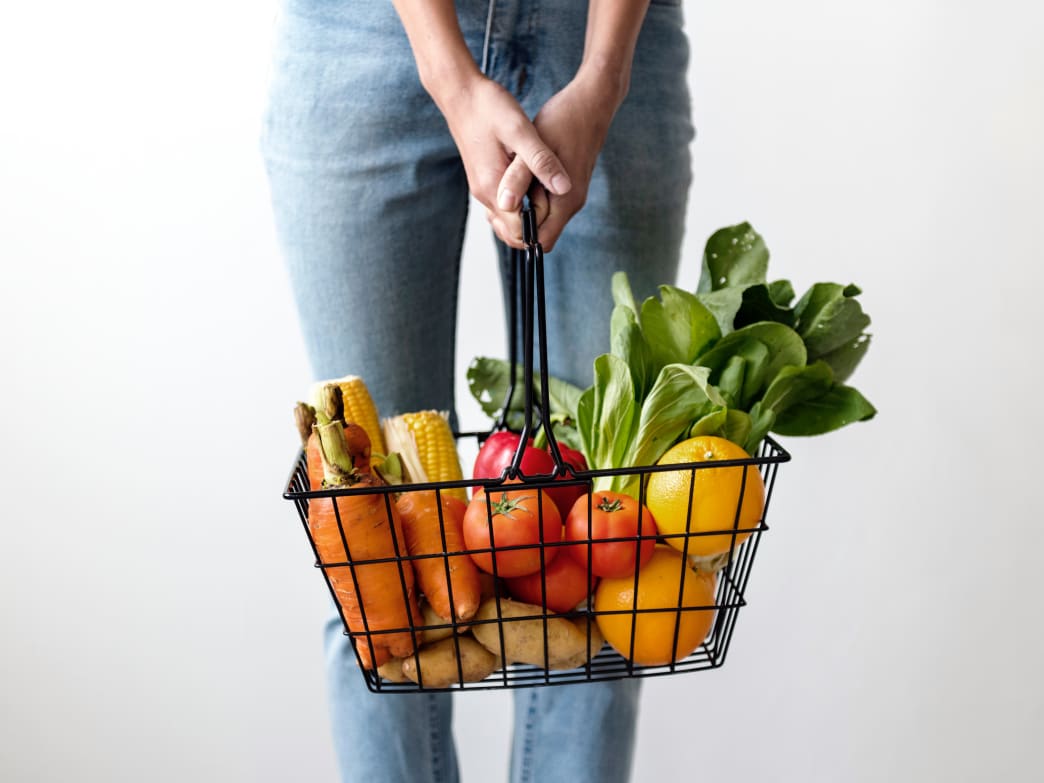
Creating healthy, balanced meals for kids can be a challenge when there are so many food options to choose from. But there’s a simple way to make sure that kids – and adults – are getting a healthy balance of nutrients… and the magic word is COLOR.
Phytonutrients are natural compounds found in plant foods like vegetables, fruit, whole grains and legumes. Many of these compounds are the pigments that give these foods their vibrant colors, and they also help to promote health. Many phytonutrients, for example, act as antioxidants which help to protect cells from damage that naturally occurs during everyday metabolism.
About 90% of Americans don’t eat enough fruits and vegetables, according to a report from the CDC. Eating between 5-9 servings of fruits and vegetables, as recommended by experts, is a difficult task for many families who often find themselves juggling work, their kids’ schedules, and household chores that can leave many to opt for the fast-food drive-thru option. However, the majority of these foods are highly processed and lack vibrant colors, which is a sign your meal is missing essential phytonutrients. But XR Nutrition has made it easier to get your Fruits & Vegetables in. Check out Fruit & Veggie Essentials.
Planning more meals at home is a great way to control what your family eats and to help them develop healthy habits. Including your kids in the planning and preparation of meals is a great way to find out which fruits and vegetables they like and create or find recipes that incorporate their favorite foods. It’s also a great way for the family to spend quality time together and teach them about proper nutrition.
Registered dietitian, Susan Bowerman, provides tips to help you increase your consumption of colorful fruits and vegetables:
Think Rainbow.
The next time you are out shopping for groceries and find yourself in the produce section, be mindful of what you’re placing in your cart. Take a step back and look for the colors of the rainbow. If you find your produce consists of the same colors, strawberries, watermelon, and apples, you may want to switch some of those items out for oranges, blueberries, kale and or carrots. The colorful fruits and vegetables each provide unique phytonutrients that can impact your health, so the more color on your plate the better it is for you.
Chop, Chop.
Chopping, grinding and cooking phytonutrient-rich foods helps to release these powerful substances from the cell walls of the plant, making them up to six times more available to the body than when the foods are eaten fresh or whole. Raw foods are fine – but it may help to mix it up. Rather than always taking your tomatoes raw in a salad, have some tomato juice, soup or pasta sauce on the menu from time to time.
Eat in Combination.
Effects of phytonutrients are enhanced when they are combined, working together so that the sum of their benefits is greater than the individual parts. For instance, one study has shown that the antioxidant effects of a combination of red apples, blueberries, grapes, and oranges are much greater than when any of the fruits are eaten individually. Additionally, the healthy fat in an avocado helps the body to better absorb not only the phytonutrient lutein in the avocado (which gives it its green color) but also lycopene from the tomato (which provides the red color), so eating chips and salsa together may pack a better antioxidant punch than eating either one by itself.
Colorful meals are more than just a feast for the eyes. The bright, natural colors of fruits and vegetables on your plate are an indication of a healthy balanced meal, so try to include at least one colorful fruit or vegetable with every meal or snack.
Written by Susan Bowerman, M.S., RD, CSSD, CSOWM, FAND – Director, Worldwide Nutrition Education and Training, Herbalife Nutrition for The Healthy Moms Magazine and legally licensed through the Matcha publisher network. Please direct all licensing questions to legal@getmatcha.com.

 Copyright © 2018 XR Nutrition.
Built with love in Utah
All rights reserved.
Copyright © 2018 XR Nutrition.
Built with love in Utah
All rights reserved.